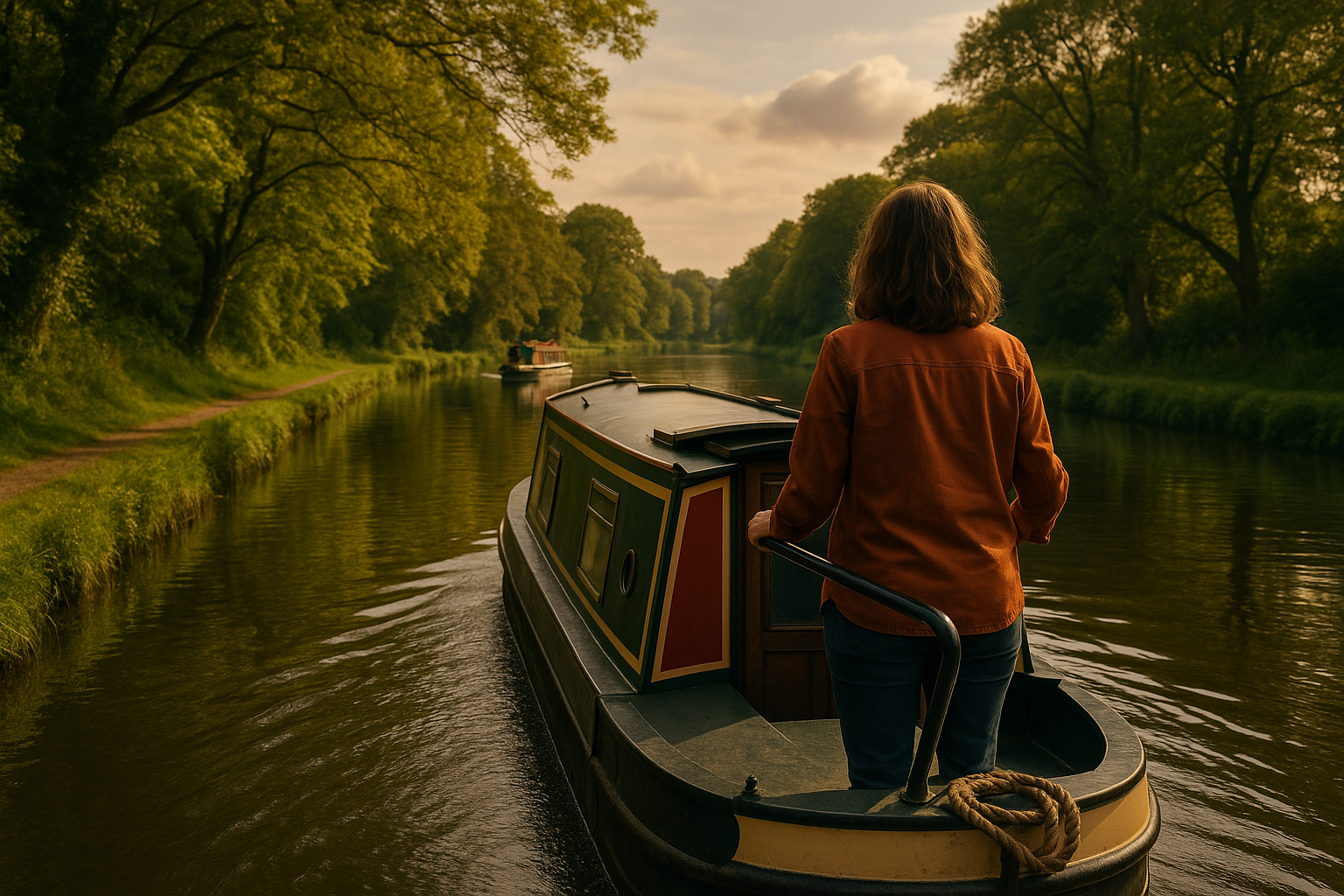Rediscovering the Charm of Canal Travel: A New Perspective on Slow-Paced Journeys
Travel trends are ever-changing, evolving with the modern traveler's preferences and needs. While some seek adrenaline-fueled adventures, others choose to embrace a slower pace, savoring each moment of their journey. A less buzzed-about but equally rewarding way to explore the world is canal travel, offering a unique blend of tranquility, cultural immersion, and historical richness. Let's delve into the world of canal travel, its past, present, and future, and discover why this old-world travel mode is making a comeback.

A Brief History of Canal Travel
Canal travel dates back to ancient times, with the first known constructed canals tracing back to Mesopotamia around 4000 BC. Over centuries, canals were built for irrigation, transportation, and trade, eventually gaining popularity as a recreational travel method in the 18th and 19th centuries. Although canal travel experienced a downturn with the advent of faster transportation modes, it has seen a resurgence in recent years, with travelers seeking a slower, more immersive travel experience.
Canal Travel: A Modern Perspective
Today, canal travel is a unique alternative to the hustle and bustle of traditional tourism. It offers a slower pace, providing ample time to absorb the scenery, delve into local cultures, and appreciate the finer details of a journey. Canal cruises, self-drive boat rentals, and canal boat holidays are becoming popular choices for those looking for a different kind of adventure.
Advantages and Challenges of Canal Travel
Canal travel presents numerous advantages, such as the opportunity for cultural immersion, close encounters with nature, and an escape from fast-paced city life. However, it is not without challenges. Travelers need to adapt to a slower pace, which may initially feel frustrating, but can eventually lead to a greater appreciation for the journey. Additionally, canal navigation requires learning new skills, adding an element of challenge to the adventure.
Impact on Travelers
Canal travel offers a unique perspective on travel, shifting focus from the destination to the journey. It allows travelers to unwind, reflect, and connect with their surroundings in a meaningful way. Moreover, it provides an opportunity to learn about the history and culture of the regions they pass through, enhancing their travel experience.
Some Little-known Facts and Practical Tips for Canal Travel
-
Canal travel is not limited to Europe. There are fantastic canal journeys to be had in Asia, Africa, and the Americas.
-
You don’t need a special license to drive a canal boat in most countries. A quick training session is usually enough.
-
Canal travel is a year-round activity. However, spring and autumn are often considered the best times due to pleasant weather and fewer crowds.
-
Most canal boats come equipped with all necessary amenities, making it a comfortable option for long-term travel.
In conclusion, canal travel brings together the past and the present, offering a unique blend of tranquility, cultural immersion, and historical richness. While it requires a shift in mindset and pace, this form of travel can lead to a deeper appreciation of the journey, making every moment count. As the world continues to evolve, perhaps it’s time we embraced the charm of the slow-paced, immersive, and enriching world of canal travel.




